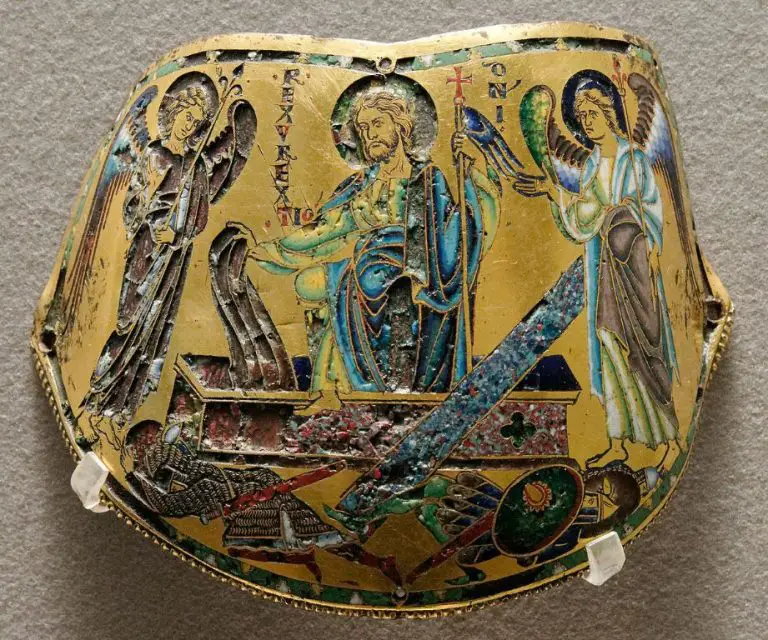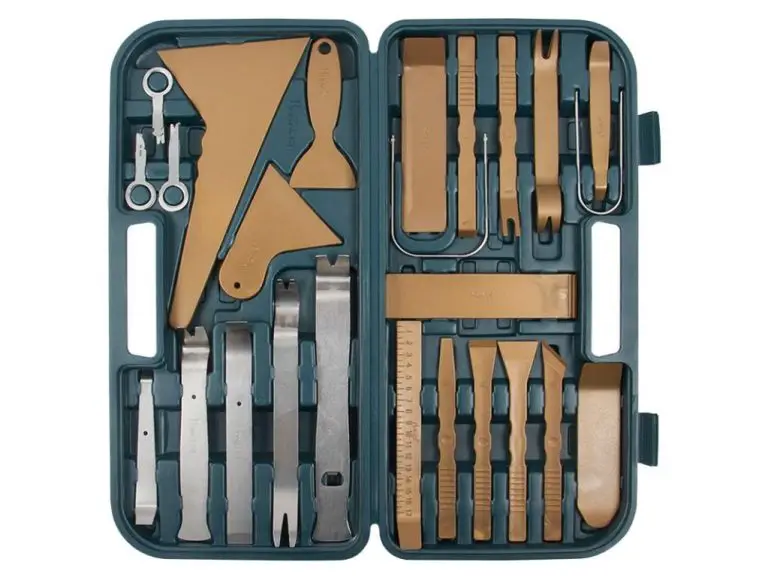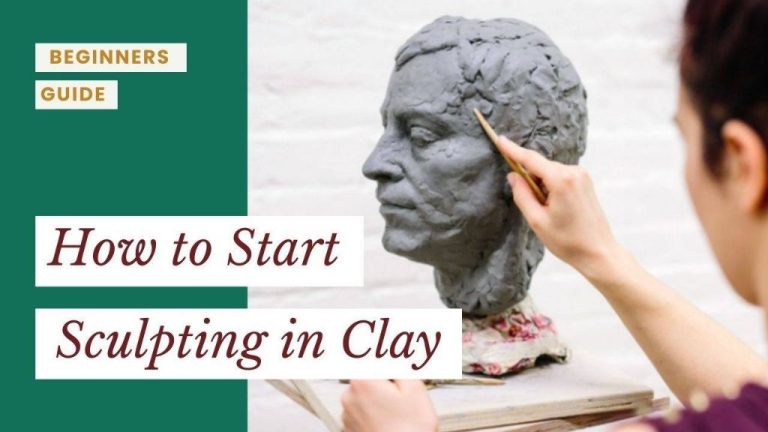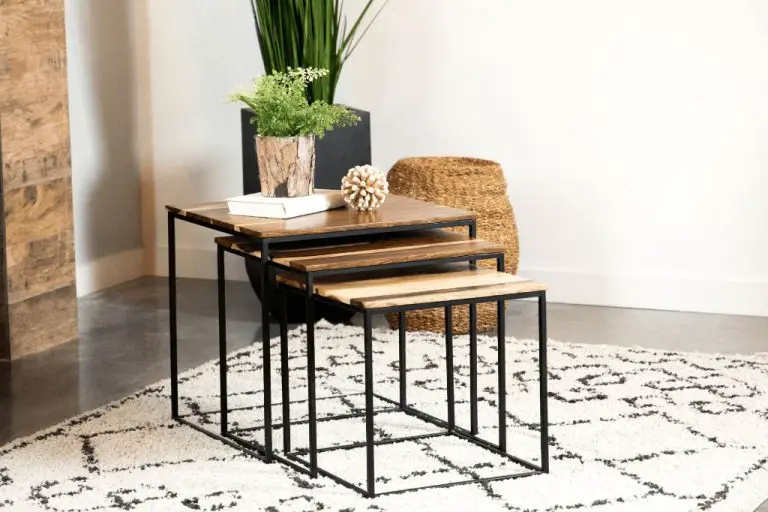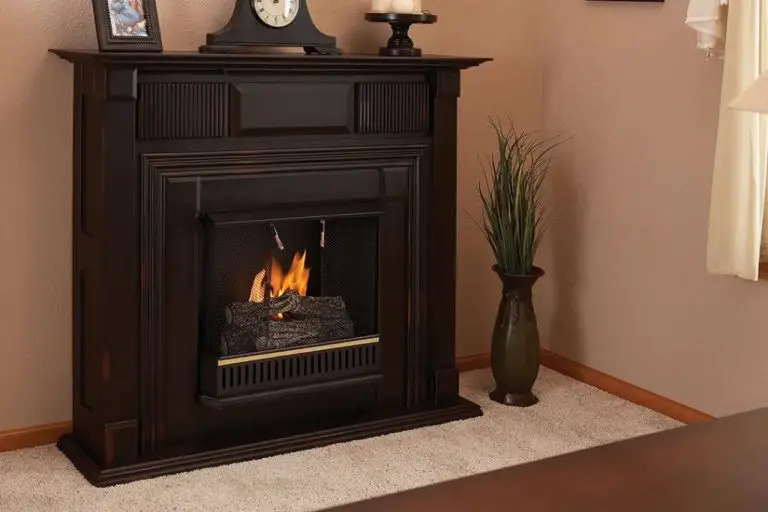What Temperature Do You Heat Treat Knives?
Heat treating is an essential process for making knives that involves heating the metal to a precise temperature, soaking it at that temperature for a set period of time, and then quickly cooling or quenching it. The purpose of heat treating is to alter the physical properties and microstructure of the steel to obtain the desired hardness, toughness, ductility, and strength.
For knives, proper heat treating is crucial to ensure the blade holds a sharp edge, resists chipping, bending, or breaking during use, and is durable over the long-term. Heat treated knives demonstrate superior edge retention and ability to be sharpened compared to untreated knives. Proper heat treating transforms the steel at a molecular level, enhancing the qualities that make a good knife blade.
What is Heat Treating?
Heat treating is a controlled process used to alter the physical properties of metals and alloys by heating and cooling under specific conditions (Source). It involves heating the metal to a targeted temperature, holding it at that temperature for a set amount of time, and then cooling it down at a controlled rate. The most common heat treatment processes are annealing, tempering, normalizing, hardening, and case hardening.
Heat treating affects the grain structure and hardness of metals. It can make metals stronger, more ductile, harder, more resistant to impact and fatigue, and improve machinability. Heat treating is commonly used on carbon and alloy steels as well as aluminum and titanium alloys.
The objective of heat treating is to impart desired mechanical properties such as hardness, toughness, ductility, and strength. It’s an important step in the manufacturing of industrial and consumer metal products.
Why Heat Treat Knives?
Heat treating a knife improves several key properties of the steel, making it better suited for use as a cutting tool. The primary benefits of heat treating knives include:
- Improved strength – Heat treating refines the grain structure of the steel, removing impurities and aligning the crystalline structure. This increases the steel’s hardness and tensile strength.
- Enhanced edge retention – Hardened steel maintains a sharp edge much longer than untreated steel before needing resharpening. This is critical for knives used frequently.
- Increased corrosion resistance – Proper heat treatment creates a protective oxide layer on the steel surface, reducing corrosion from moisture, acids, etc. This helps knives last longer.
By heat treating knives made from carbon or alloy steels, key properties like hardness, toughness, and wear resistance are improved through metallurgical changes in the microstructure (cite: https://www.redlabelabrasives.com/blogs/news/how-to-heat-treat-a-knife). This enhances the blade’s ability to take and hold a fine edge, making it an essential process in knife making.
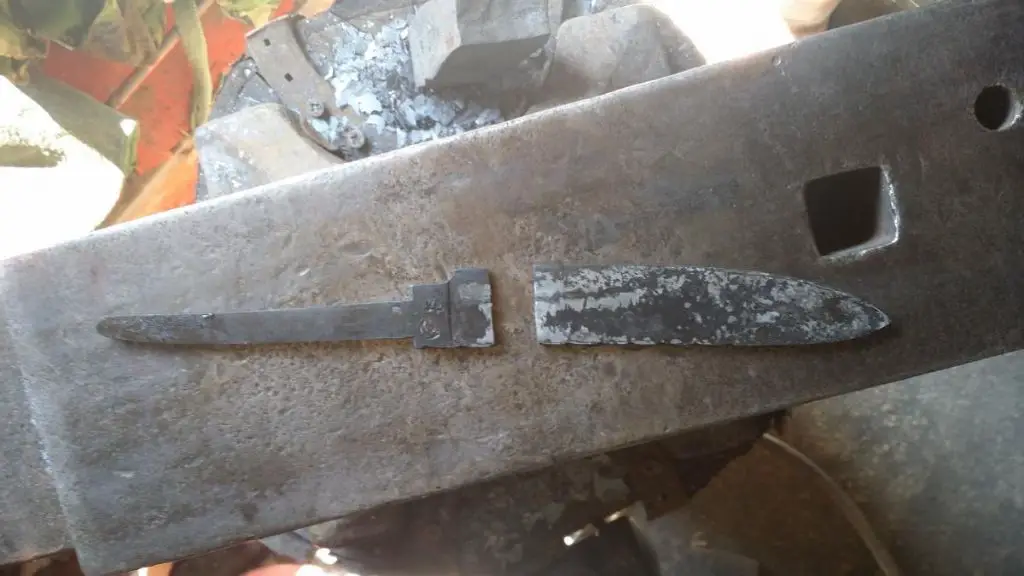
Common Heat Treating Temperatures
The most common heat treating temperatures for knives range from 1400-1650°F (760-900°C) for hardening and 350-450°F (177-232°C) for tempering, depending on the type of steel used.
During hardening, the blade is heated to between 1400-1650°F, which allows the steel’s crystalline structure to transform to a harder, stronger formation. Once the blade reaches the target temperature, it is quenched rapidly in oil or water to “freeze” the steel in this hardened state [1].
After hardening comes tempering, where the blade is reheated to 350-450°F. This slightly softens the steel to relieve brittleness and internal stresses from quenching. Temperatures above 450°F can reduce corrosion resistance and cause brittleness [2].
The specific temperature ranges depend on the type of steel, as discussed next.
Temperature Ranges by Steel Type
The ideal heat treating temperature range depends on the type of steel being treated. Here are some common temperature ranges for popular steel types:
Carbon Steels
Carbon steels are commonly quenched between 1450-1510°F and tempered between 300-1200°F depending on the desired hardness. 1095 steel, a simple high carbon steel with 0.95% carbon content, is often heated to 1475°F, quenched, and tempered at 350°F for maximum hardness for knife blades.
Tool Steels
Tool steels like O1 and A2 are heated to between 1450-1500°F, quenched, and tempered between 400-1200°F. For example, A2 tool steel is often quenched from 1750°F and triple tempered at 1000, 1050, and 1100°F for a balance of toughness and edge retention.
Stainless Steels
Stainless steels are heated to 1900-2100°F, quenched, and tempered around 300-800°F. 420HC stainless steel is commonly austenized between 1875-1900°F and triple tempered at around 400°F for maximum corrosion resistance and edge qualities.
Precise temperature ranges will depend on the specific steel’s composition and the desired properties. Always consult reputable reference charts for ideal heat treating temperatures.
How to Heat Treat Knives
Heat treating knives involves multiple steps to ensure the proper hardness and durability of the blade. Here is a step-by-step overview of the knife heat treating process:
1. Preheat Oven – Preheat your oven or forge to the target heat treating temperature based on the steel you are working with. For most knife steels, temperatures between 1450-1500°F are common.
2. Soak Blade – Once the oven or forge reaches temperature, soak the knife blade at heat for 15-45 minutes. This allows the steel to heat evenly throughout.1
3. Quench Blade – Remove the blade from the heat and quench it in oil, water, or other medium based on the steel type. This rapidly cools the steel to harden it.
4. Temper Blade – Reheat the blade to a lower temperature, around 300-400°F, and hold it for an hour or more. This tempers the steel to reduce brittleness.
5. Repeat Tempering – Repeat the tempering process 2-3 times to relieve stress and stabilize the hardness.
6. Finish & Sharpen – Once heat treating is complete, grind, sand and refine the blade. Then sharpen the edge to your desired sharpness.
Proper heat treating requires close control of temperatures and timing to achieve the optimal blade characteristics. With practice and the right equipment, knife makers can master the heat treating process.
Oven vs Forge Heat Treating
There are two main methods for heat treating knives – using an oven or a forge. Both have their pros and cons.
Ovens allow for very precise temperature control and uniform heating. They are easier to use than a forge and require less skill or experience. Ovens let you easily repeat the same heat treat process over and over. The drawbacks are that ovens can be expensive and are limited on maximum temperature in affordable models. According to discussions on bladeforums, heat treat ovens often top out around 2300°F whereas forges can exceed 2500°F.
Forges allow for higher temperatures to be reached which is necessary for some knife steels. The open flame provides very rapid heating. However forges require more skill to operate properly. It can be challenging to get uniform heat without hot spots. The temperature is more difficult to control precisely compared to an oven. Some makers feel the rapid heating and cooling in a forge creates a tougher crystalline structure. According to iforgeiron discussions, propane forges offer the hottest temperatures for knife heat treating.
In summary, ovens provide ease of use and precision, while forges facilitate higher temperatures and faster heating. Choosing between them depends on the knife steel, the maker’s skill level, and preferences for the process.
Quenching Oils
Quenching is a critical step in heat treating knives. After heating the blade to the target temperature, the hot steel must be rapidly cooled or “quenched”. The rate of cooling determines the hardness and microstructure of the steel. Quenching is done by submerging the hot blade into a quenching medium like oil, water, or brine.
The most common quenching oils for knife making are:
Mineral Oil – Mineral oil is a purified petroleum oil used for moderate cooling. It has a higher boiling point which prevents violent boiling when the hot steel is submerged. The slower quench rate produces less distortion and cracking. Recommended for simple carbon steels.
Canola Oil – Regular canola oil provides slightly faster cooling compared to mineral oil. It has a lower boiling point so partially vaporizes when in contact with hot steel above 400°F. The vapors provide localized accelerated cooling. Used for quenching medium carbon steels.
Peanut Oil – Peanut oil contains more unsaturated fat than saturated fat, giving it a lower boiling point. This makes it suitable for quenching higher alloy tool steels that require faster cooling rates. The rapid vaporization provides increased hardening.
Motor Oil – Used motor oil has excellent cooling properties due to all the additives and impurities picked up during engine use. The contamination lowers the boiling point significantly, providing very fast vaporization and cooling. Be sure to filter out large particles before quenching to prevent damage to the blade surface.
Heat Treating Equipment
Having the proper heat treating equipment is essential for hardening knives at home. Some key pieces of gear include:
Oven or Forge – The oven or forge provides the high temperatures needed to reach critical points. A household oven can work for some steels, but often a dedicated heat treating oven or small forge is required to reach ideal temperatures. Popular choices are Evenheat Kilns and small propane forges.
Quenching Oil – After heating the steel, the knife must be rapidly cooled or “quenched” to harden the steel. Common quenching oils include parks 50 which allows for easy heat treating and ideal hardness.
Temperature Probe – A thermocouple or non-contact pyrometer allows monitoring the temperature of the steel during the process. This helps determine when critical temperatures are reached.
Gloves & Safety Gear – Proper protective equipment like high-heat gloves, apron, and glasses are a must for safe heat treating.
Having the right heat treating tools makes the process much easier and helps achieve optimal hardness in knife steels.
Conclusion
In summary, heat treating knives is an essential process to harden and strengthen the blade. The most important steps are heating the steel to critical temperature, quenching in oil or water to rapidly cool the steel, and tempering to reduce brittleness and refine the hardness. Common heat treating temperatures range from non-stainless at 1450-1500°F to stainless steels at 1900-2000°F. Each steel requires heating to a precise temperature and quenching medium to achieve the desired hardness. With the right equipment and care, heat treating can be safely done at home. The final result is a razor-sharp, durable knife optimized through controlled heating, cooling and tempering.
Some final tips for heat treating knives: Always normalize blades before hardening to relieve internal stresses, use high temperature gloves and proper safety equipment, heat the entire blade evenly and quickly, quench vertically tip first to avoid warping, and temper at precise low temperatures to refine the hardness. With practice and care, you can heat treat knives to achieve a perfect balance of hardness and toughness for any application.

